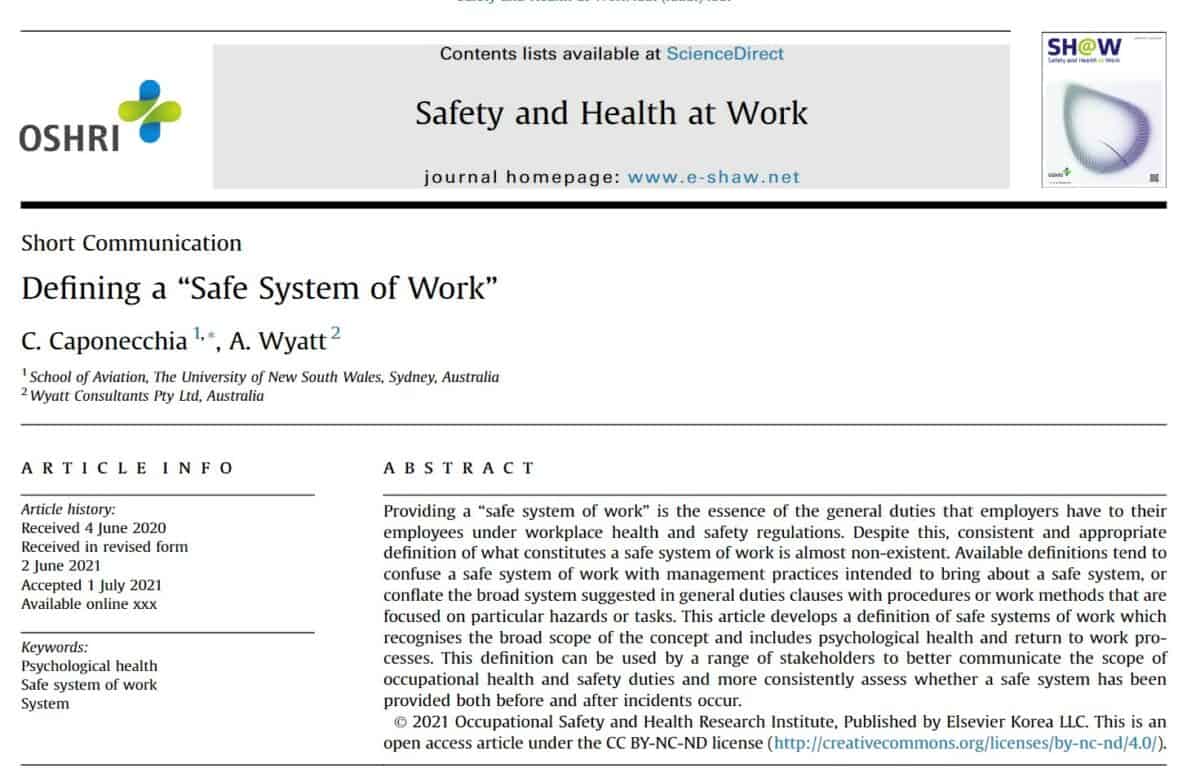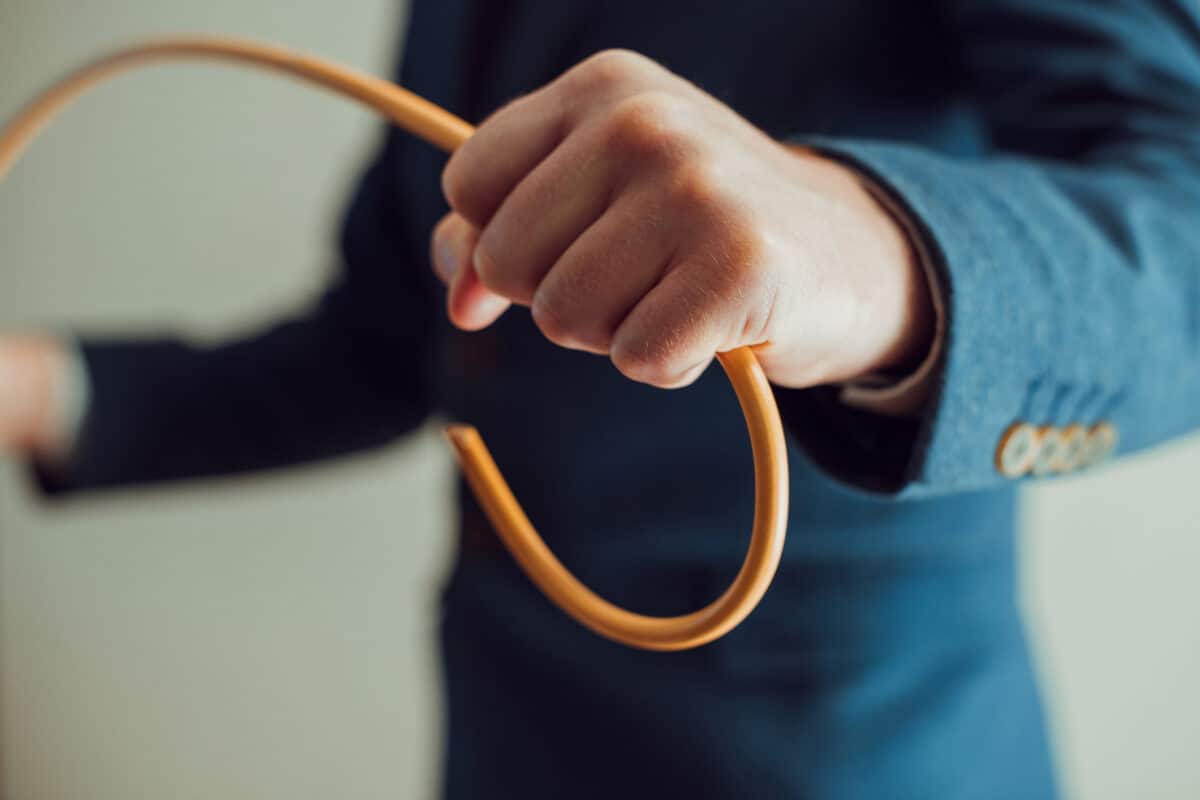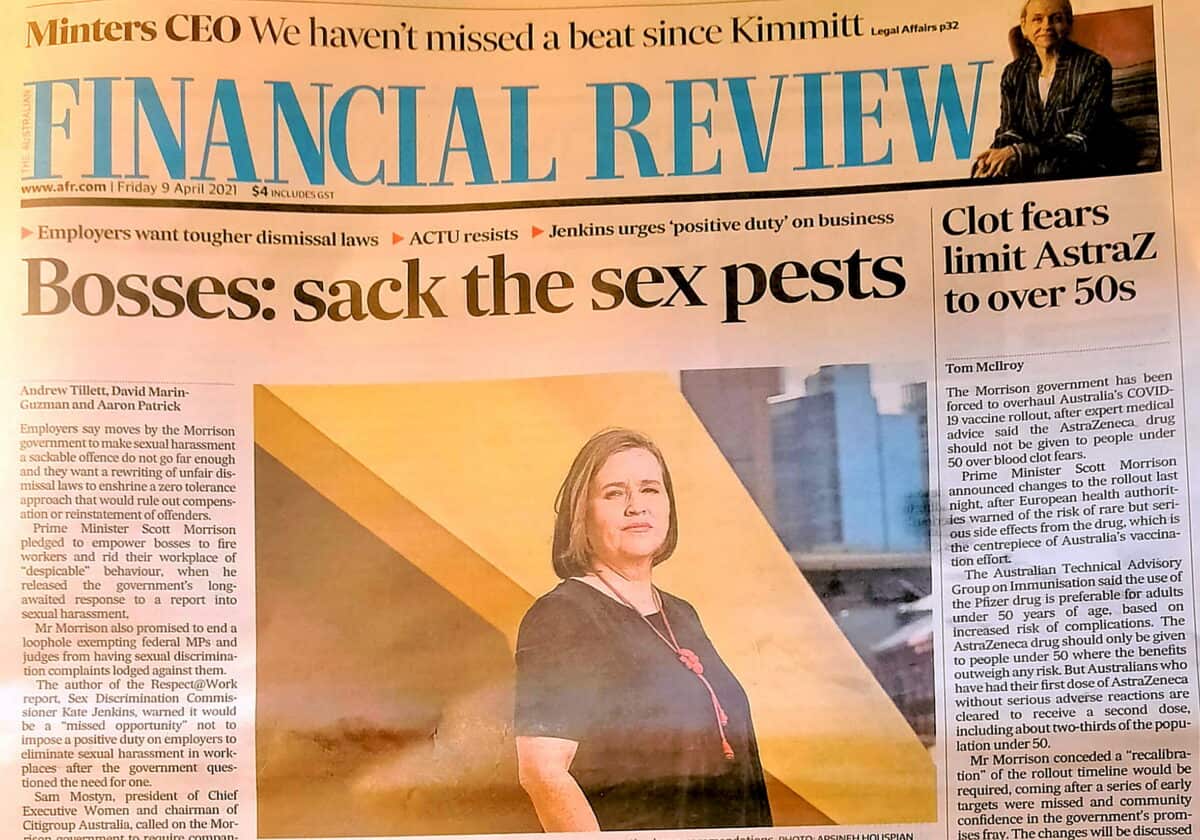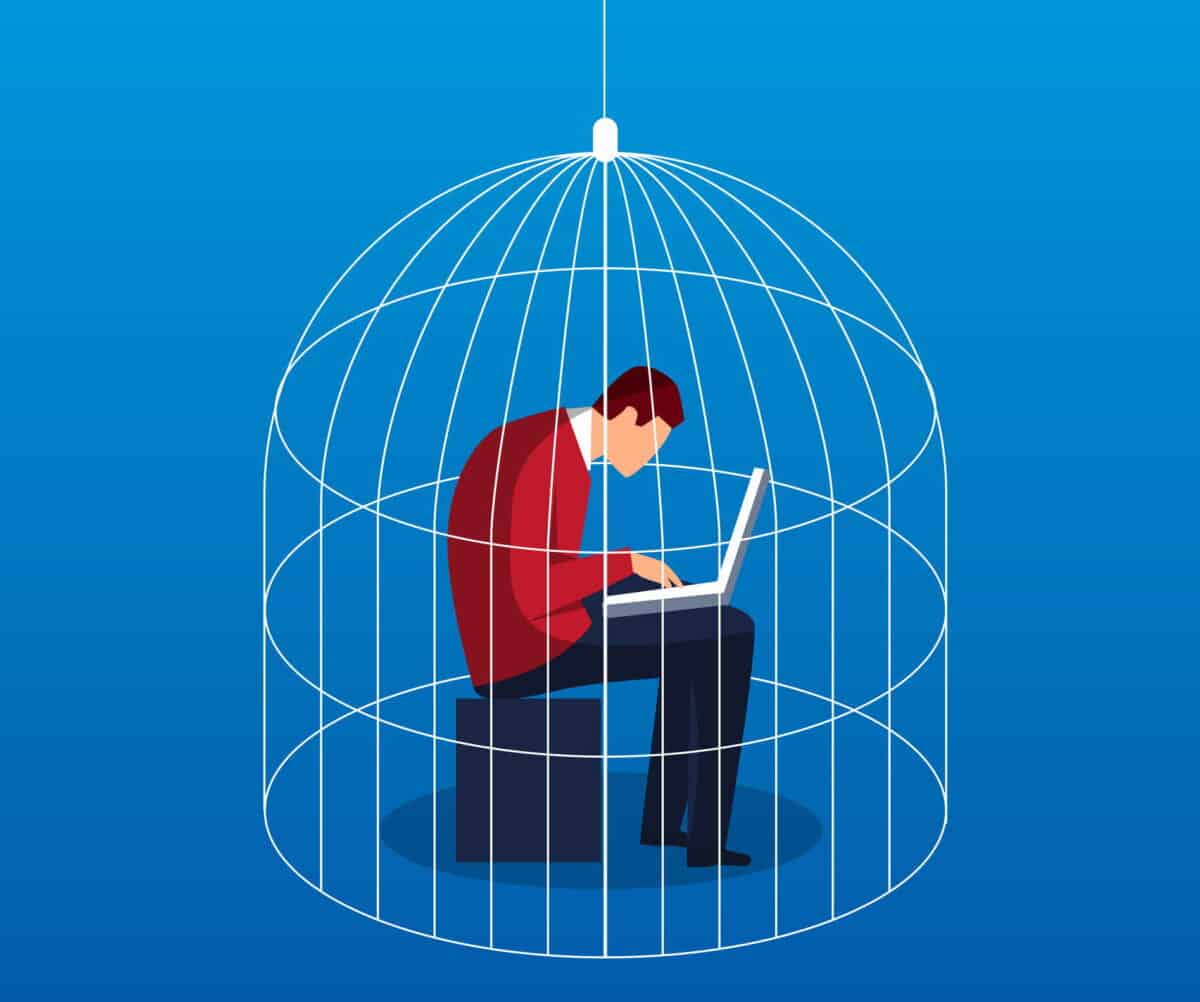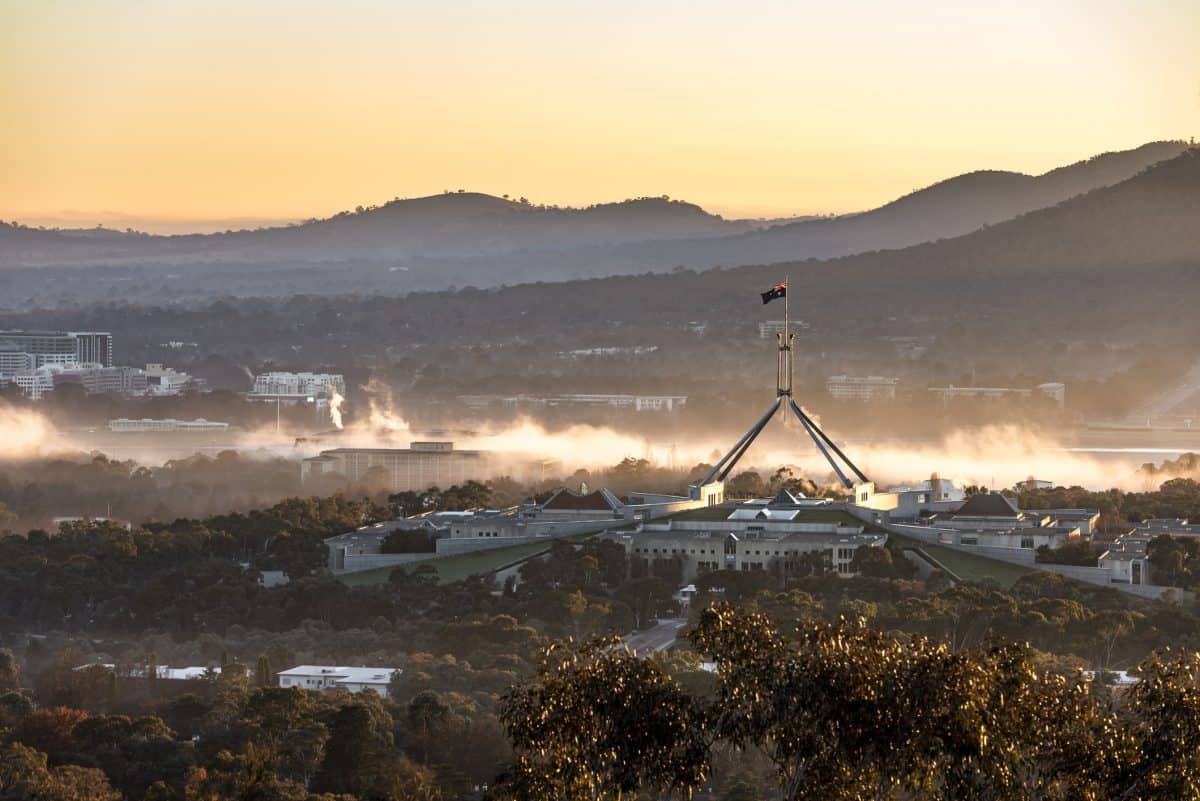Recently Carlo Caponecchia and Anne Wyatt published a short article about the “safe system of work” (open access for a limited time) – an important concept of occupational health and safety (OHS) and element of OHS laws, but one that is poorly defined; possibly because a sociological definition is more useful, and the sociology of work has always played second fiddle to the legal. This concise article should spark a lively discussion on safety management systems, safety culture and the safe system of business.
Category: harm
Business is getting some clarity on COVID-19 vaccines and a reminder to act
On August 12 2021, the Chair of Safe Work Australia, Diane Smith-Gander entered the fray over making COVID-19 vaccinations mandatory in an article in The Age. Later that day, in the absence of any clear guidance on the issue from the Federal Government, The Age reported that the Fair Work Ombudsman will be providing guidance on 4 tiers of workplaces relevant to assessing COVID-19 exposure risks.
The combinations of advice from these sources, greatly clarify what businesses can do to improve the safety of their workers and customers. The reticence to take reasonable occupational health and safety (OHS) steps by business groups will remain but the clarity they have been requesting will soon be available.
Look to the greed behind the corporate culture
Today the Governance Institute of Australia distributed a promotional email for its September national conference. These conferences often provide a useful perspective on broad occupational health and safety (OHS) issues. One gets to see how OHS is seen to fit (if at all!) in the established business and governance structures.
A key theme of this year’s conference is Culture which is a critical issue for most companies, even if they don’t realise it, and one with which the OHS profession is very familiar. However, the Institute, its members and conference delegates should be challenged to analyse Culture more deeply than what is indicated in the promotional email and article.
Psychological harm gets new regulations and funding access
The State of Victoria had a big week on mental health, with the Labor Government allocating billions of dollars to the improvement of the mental health of its citizens. Much of the justification for the spend (and the imposition of a mental health levy on large companies) is in response to the recent Royal Commission into Mental Health Systems. Workplace health and safety was on the agenda in that Royal Commission. Hence, it is worth looking at how, or if, this recent Budget helps employers improve the psychological health of their workers in anticipation of new regulations on this hazard promised by Victoria’s Minister for Workplace Safety, Ingrid Stitt.
The hill that OHS needs to climb for respectability remains a mountain
The current Australian debate about sexual harassment at work illustrates the forces ranged against occupational health and safety (OHS) being seen as a legitimate approach to preventing psychological harm. Entrenched Industrial Relations perspectives appear to be the biggest barrier. Such barriers are not always intentional and have evolved over years and decades as cultures and ideologies do. Some of the recent media coverage on the release of the Federal Government’s response to the report of the 2020 National Inquiry into Sexual Harassment in Australian Workplaces illustrates the dominance of industrial relations thinking – part of the reason Sex Discrimination Commissioner Kate Jenkins has described elements of the government’s response as a missed opportunity.
The OHS profession must start to overtly tackle each of these dominant perspectives.
Should we feel safe or be safe?
A major impediment to establishing safe and healthy workplaces is that there is a widespread expectation for everyone to feel safe at work. Yet, the legislative occupational health and safety (OHS) obligation on employers and workers is for them to be safe. It is a significant difference, for the former addresses perception, and the latter requires action.
Recently the Australian Government responded to a major inquiry into sexual harassment at work. Attorney-General Michaelia Cash, launching the official response with Prime Minister Scott Morrison, said:
“In terms of sexual harassment in the workplace, I think we’d all agree – in fact, it needs to be just a basic fundamental – everybody has the right to feel safe in the workplace.”
OHS is “… more what you’d call ‘guidelines’ than actual rules.”
Occupational health and safety (OHS) may not be a common subject in the mainstream media but there is plenty of political discussion on the topic in Australia’s Parliament.
The current (conservative) federal government seems very slow to accept and respond to recommendations from official inquiries that it sees as a secondary political priority, such as sexual harassment and workplace health and safety. The hearings of the Senate’s Education and Employment Legislation Committee on March 24 2021, were, as usual, enlightening.

